Louis Vuitton's Ginza Namiki flagship evokes a rippling pillar of water
Japanese architect Jun Aoki creates a water-like facade for Louis Vuitton's Ginza Namiki Tokyo flagship
Daici Ano - Photography

Rippling, shimmering, fluid: these words can all be used to describe the newly renovated Louis Vuitton Ginza Namiki flagship in Tokyo, whose façade is inspired by the surface of water.
The new seven-level boutique located on a prime corner spot occupied by the fashion house since 1981, has an abstract reflective exterior by Japanese architect Jun Aoki.
The water-like facade is complemented by smoothly layered interiors by Vuitton's longtime architectural collaborator Peter Marino, who also overhauled the brand's London flagship in 2019, spanning four retail floors and a salon. The store also takes its collaboration with famed Japanese chef Yosuke Suga to new heights: its apex is home to both Le Café V, the second in the world after launching in Osaka last year, and Le Chocolate V, marking its debut as a chocolatier, with the first line of Louis Vuitton chocolates released in April.
For Aoki, inspiration behind the Louis Vuitton Ginza Namiki facade is as precise as it is poetic: during the creative process, he contemplated Sazanami (Ripples), a 1932 Japanese-style painting by Heihachiro Fukuda, which depicts with graphic simplicity a shimmering water surface, as well the music of Claude Debussy.
‘It is a work where Fukuda, who was fascinated by reflections on the surface of water, painted only the shimmering of the water surface in ultramarine on a platinum foil screen,' he explains.
‘From music, it was Claude Debussy’s “Reflets dans l’eau”. It is not a grand composition, but a small piece made up of short passages. I felt that if paintings and music could be created from just the playfulness of water, I could do the same with architecture.'
The building’s shimmering resemblance to a ‘pillar of water' was achieved by layering its three-dimensional curved surface with panes of dichroic glass, producing a shifting spectrum of colour variations depending on the angle.
The end result is an undulating monolith, whose smooth curves reflect in abstraction its surrounding environment, from the lights, motion and towers of Ginza to traces of blue skies and passing clouds.
‘Expressing the natural and continuous shimmering of the water surface by combining panes of dichroic glass with three-dimensional curved surfaces was itself challenging,' adds Aoki. ‘It took repeated trial and error to establish a mechanism by which the colour of the surface changes depending on the orientation, as well as the colour disposition and the range of change.'
Stepping inside, the water theme continues. Bright, fluid Marino-designed interiors unfurl in organic curves, with a dynamic ground floor ribbon staircase of oak and glass (alongside floating jellyfish-inspired décor) plus a mood-boosting scattering of colourful artworks by Vik Muniz, Peter Dayton and Ed Moses.
Curves are echoed throughout, from the rounded edges of wood and glass furniture by Morten Stenbaek and the organic lines of an orange Isamu Noguchi sofa to the infinite rippled reflections of the elevator interior.
Expressing the natural and continuous shimmering of the water surface by combining panes of dichroic glass with three-dimensional curved surfaces was itself challenging
Jun Aoki
Inside the store, visitors can find limited edition pieces including a cosmetic case created in collaboration with Japan’s famed Kabuki actor Ichikawa Ebizo, with an inner lining crafted by Kyoto’s centuries-old textile company Hosoo.
Another highlight is the rear staircase, wrapped in a layered four-storey feature wall of pastel shades of Japanese plasterwork – inspired by the delicate lines of 1977 painting Wave Blue Line by Kimiko Fujimura.
‘The entire interior architecture was designed with fluidity in mind – from the unfurling staircase of sculptured oak and glass visible through to the street, to the circulation of the store itself,' says Marino of the Louis Vuitton Ginza Namiki space.
‘This project was designed during some of the darkest times of Coronavirus. It was productive to work with orange, yellow, and gold – joyous, happy, cheerful and bright colors.'
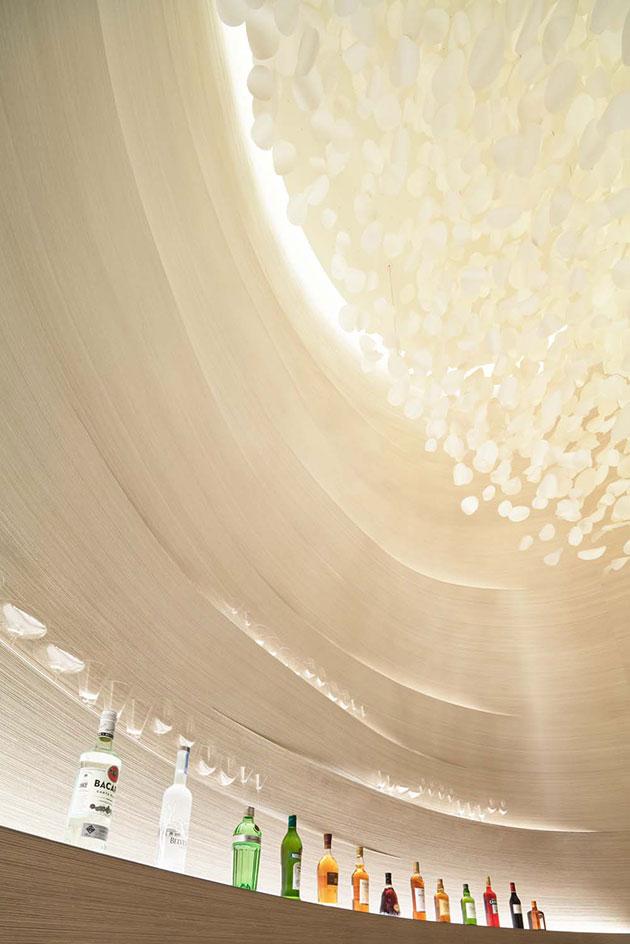

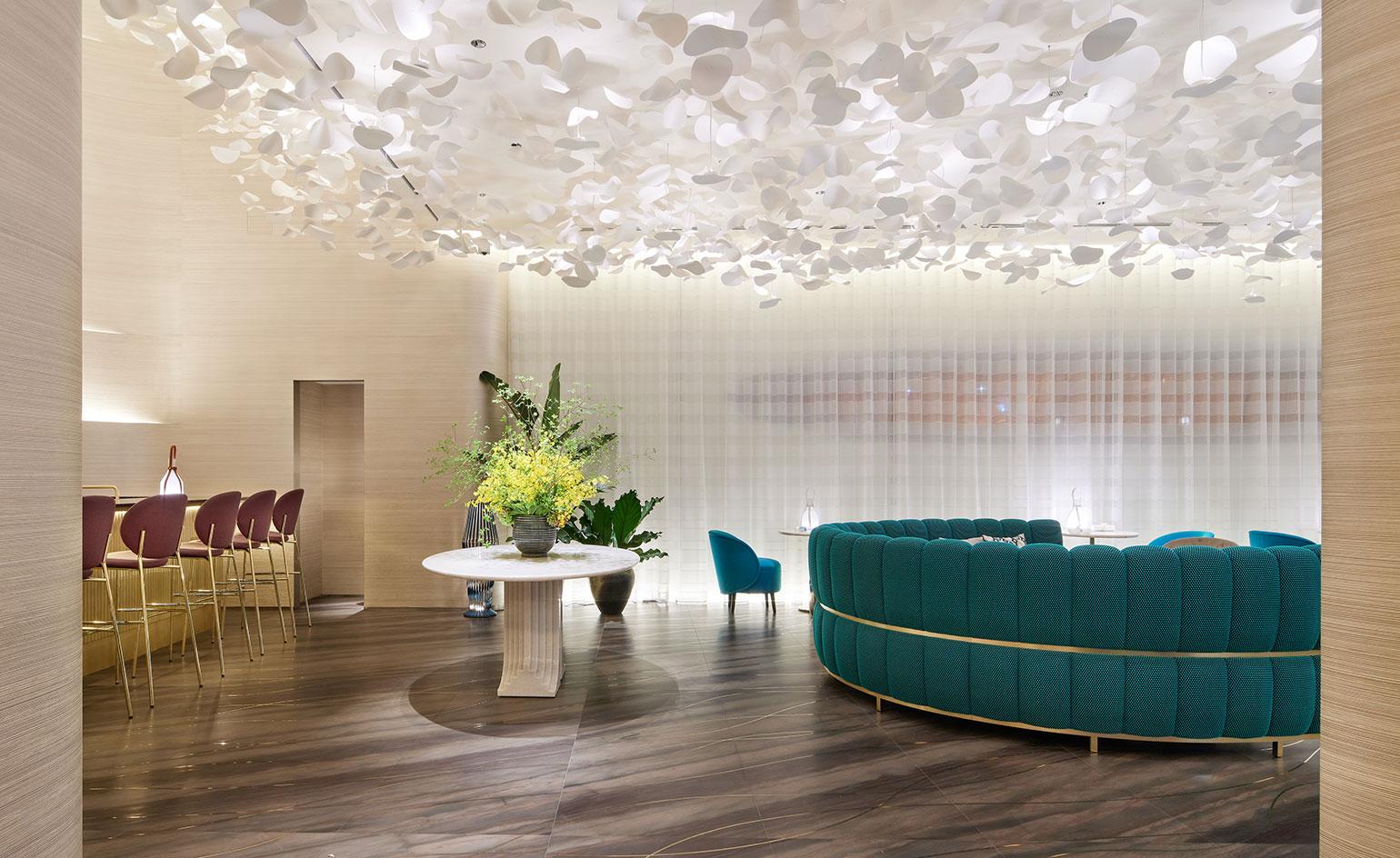
Receive our daily digest of inspiration, escapism and design stories from around the world direct to your inbox.
Danielle Demetriou is a British writer and editor who moved from London to Japan in 2007. She writes about design, architecture and culture (for newspapers, magazines and books) and lives in an old machiya townhouse in Kyoto.
Instagram - @danielleinjapan
- Daici Ano - PhotographyPhotography
-
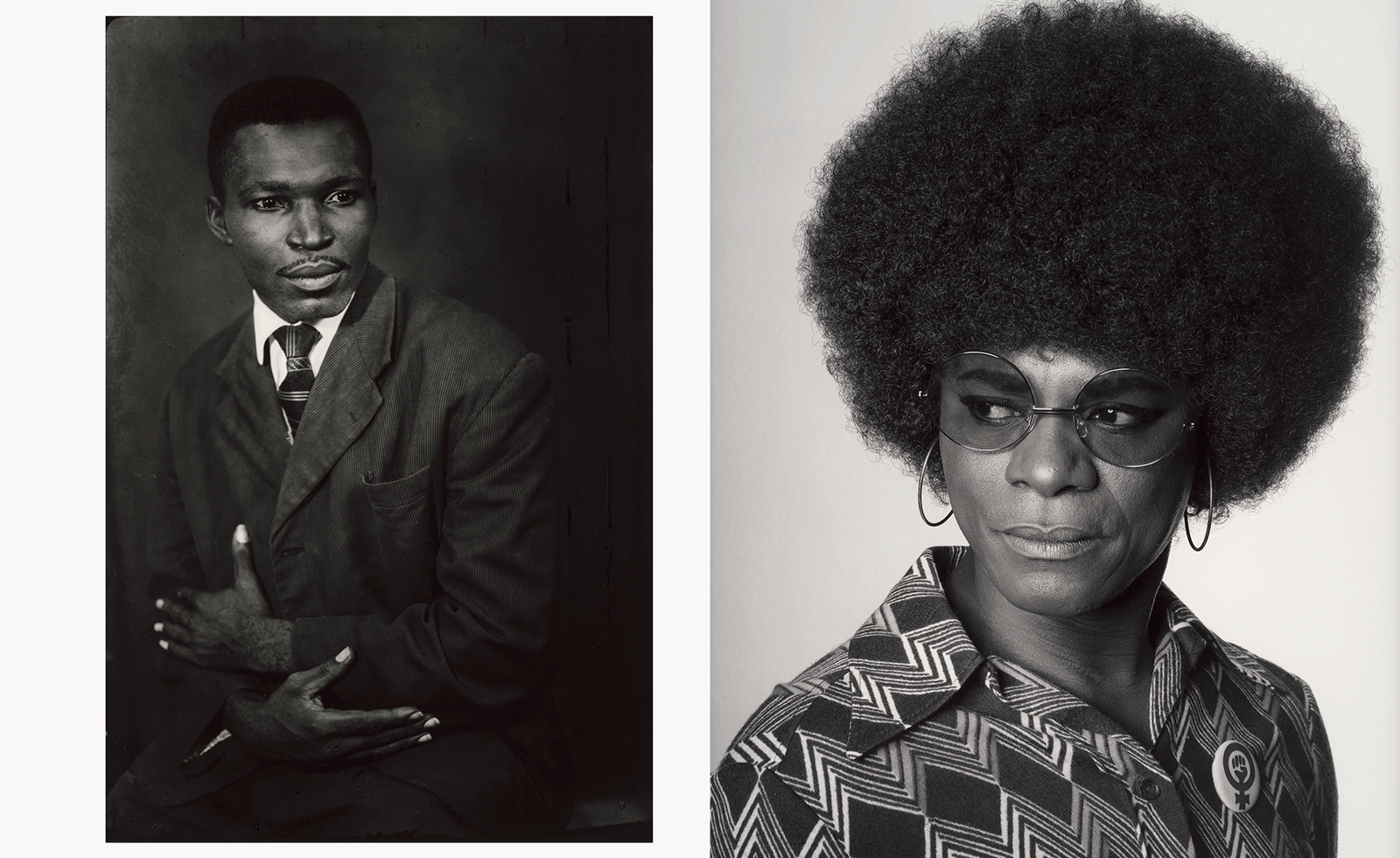 MoMA celebrates African portraiture in a far-reaching exhibition
MoMA celebrates African portraiture in a far-reaching exhibitionIn 'Ideas of Africa: Portraiture and Political Imagination' at MoMA, New York, studies African creativity in photography in front of and behind the camera
-
 How designer Hugo Toro turned Orient Express’ first hotel into a sleeper hit
How designer Hugo Toro turned Orient Express’ first hotel into a sleeper hitThe Orient Express pulls into Rome, paying homage to the golden age of travel in its first hotel, just footsteps from the Pantheon
-
 These Kickstarter catastrophes and design duds proved tech wasn’t always the answer in 2025
These Kickstarter catastrophes and design duds proved tech wasn’t always the answer in 2025Odd ideas, Kickstarter catastrophes and other haunted crowd-funders; the creepiest, freakiest and least practical technology ideas of 2025
-
 Louis Vuitton drafts contemporary artists to use the house’s silk ‘carré’ scarf as a colourful canvas
Louis Vuitton drafts contemporary artists to use the house’s silk ‘carré’ scarf as a colourful canvasIn a tradition which dates back to the 1980s, Louis Vuitton has asked five artists to reimagine its silk carré scarf using floral motifs
-
 For A/W 2024, the working uniform gets a futuristic spin
For A/W 2024, the working uniform gets a futuristic spinSculpted silhouettes, unexpected textures and plays on classic outerwear meet in the A/W 2024 collections, providing a twisted new take on city dressing
-
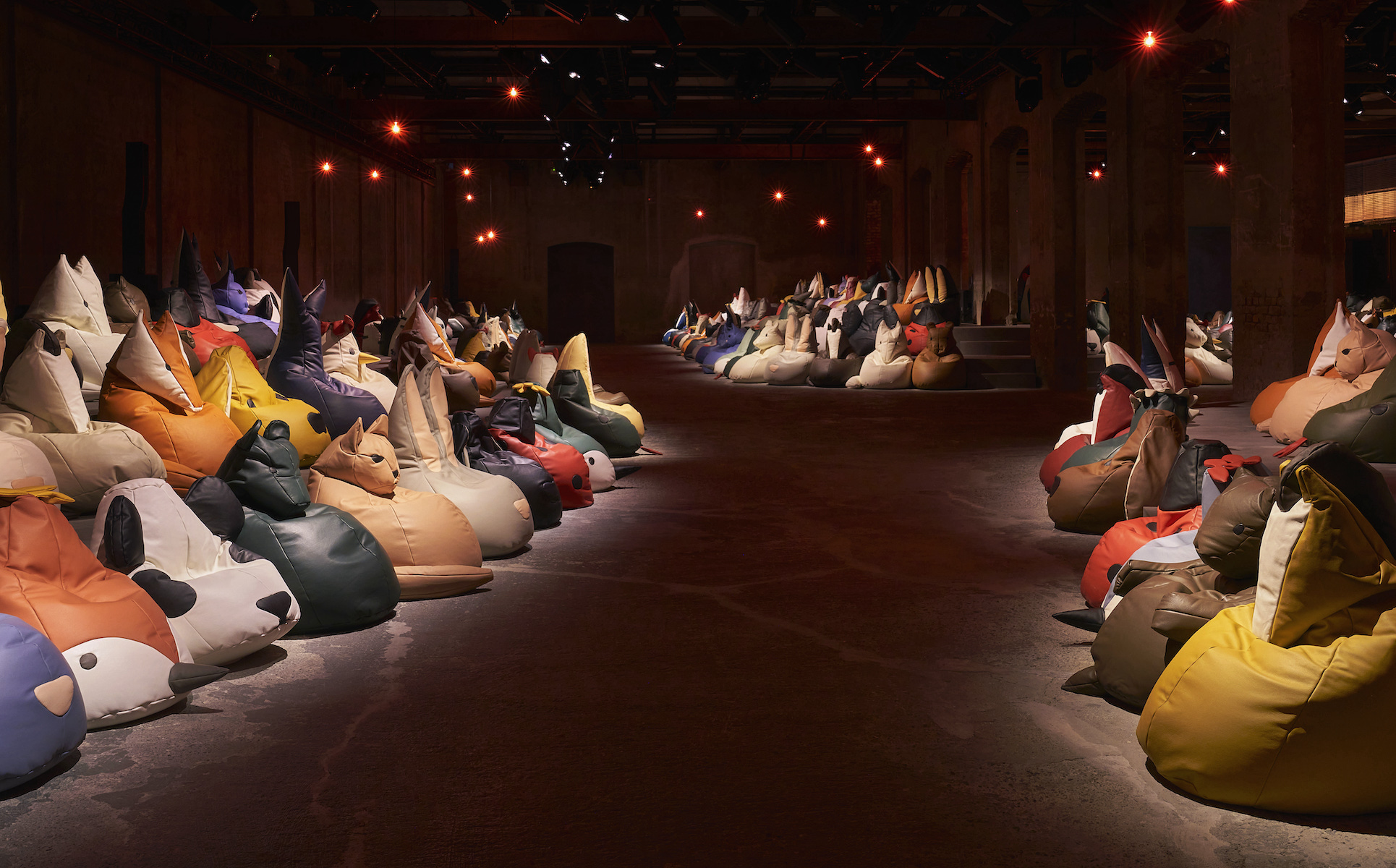 The breathtaking runway sets of S/S 2025, from beanbag animals to a twisted living room
The breathtaking runway sets of S/S 2025, from beanbag animals to a twisted living roomWallpaper* picks the best runway sets and show spaces of fashion month, which featured Bottega Veneta’s beanbag menagerie, opulence at Saint Laurent, and artist collaborations at Acne Studios and Burberry
-
 The A/W 2024 menswear collections were defined by a ‘new flamboyance’
The A/W 2024 menswear collections were defined by a ‘new flamboyance’Sleek and streamlined ensembles imbued with a sense of performance take centre stage in ‘Quiet on Set’, a portfolio of the A/W 2024 menswear collections photographed by Matthieu Delbreuve
-
 Women’s Fashion Week S/S 2025: what to expect
Women’s Fashion Week S/S 2025: what to expectNext week sees the arrival of Women’s Fashion Week S/S 2025, with stops in New York, London, Milan and Paris. Here, our comprehensive guide to the month, from Alaïa’s arrival in New York to Alessandro Michele’s Valentino debut
-
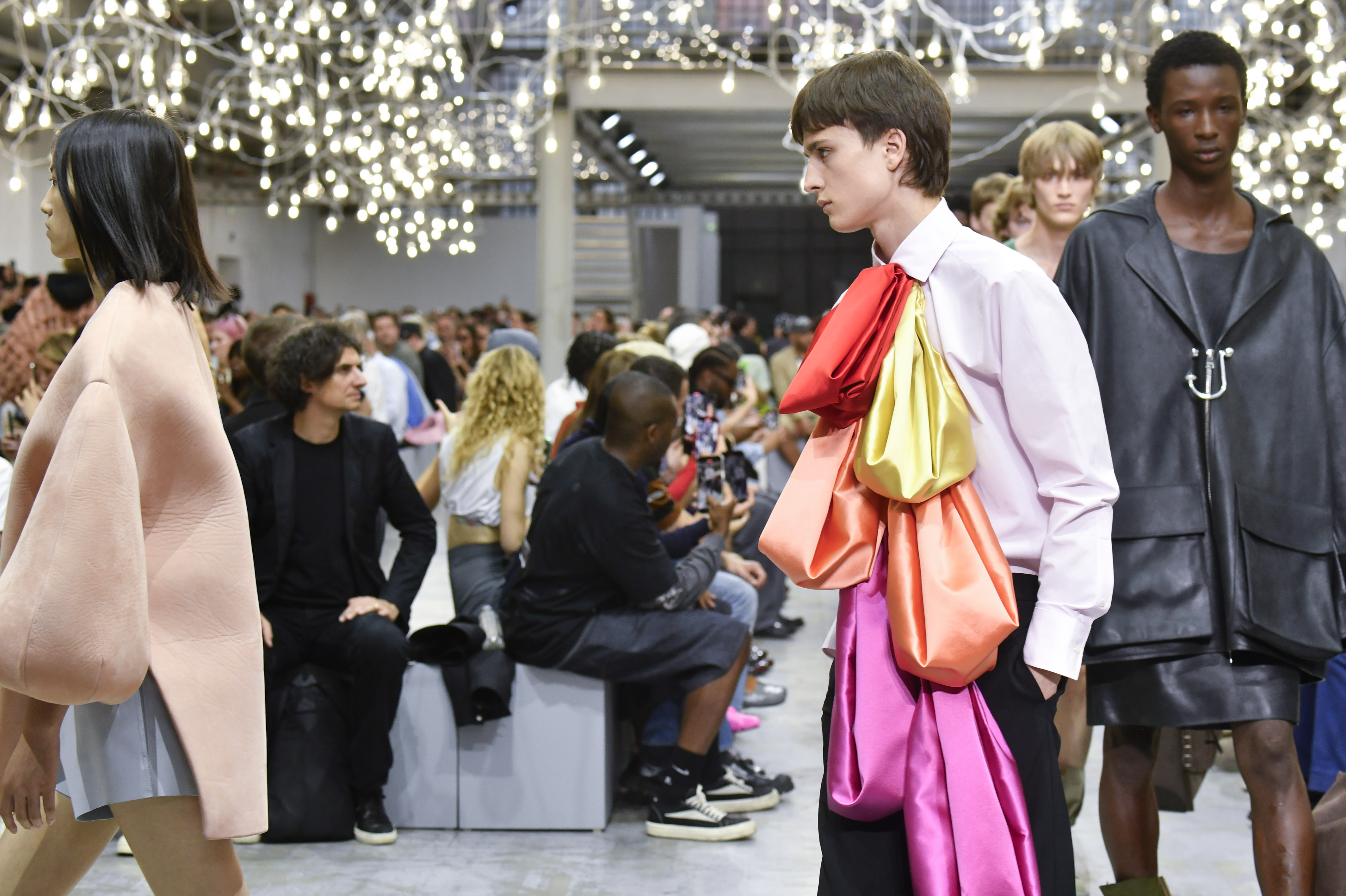 ‘Things are not what they seem’: Unpacking the S/S 2025 menswear shows
‘Things are not what they seem’: Unpacking the S/S 2025 menswear showsWallpaper* fashion features editor Jack Moss explores the trends and takeaways from this season’s menswear shows, from an embrace of ‘irrational clothing’ to couture-level craft and eclectic new takes on tailoring
-
 Pharrell Williams makes a plea for global unity with his UNESCO-set Louis Vuitton show
Pharrell Williams makes a plea for global unity with his UNESCO-set Louis Vuitton showPharrell Williams’ third menswear collection for Louis Vuitton continued to define his vision for the Parisian house, here conjuring a ’global dandy’ inspired by the archetypes of travel
-
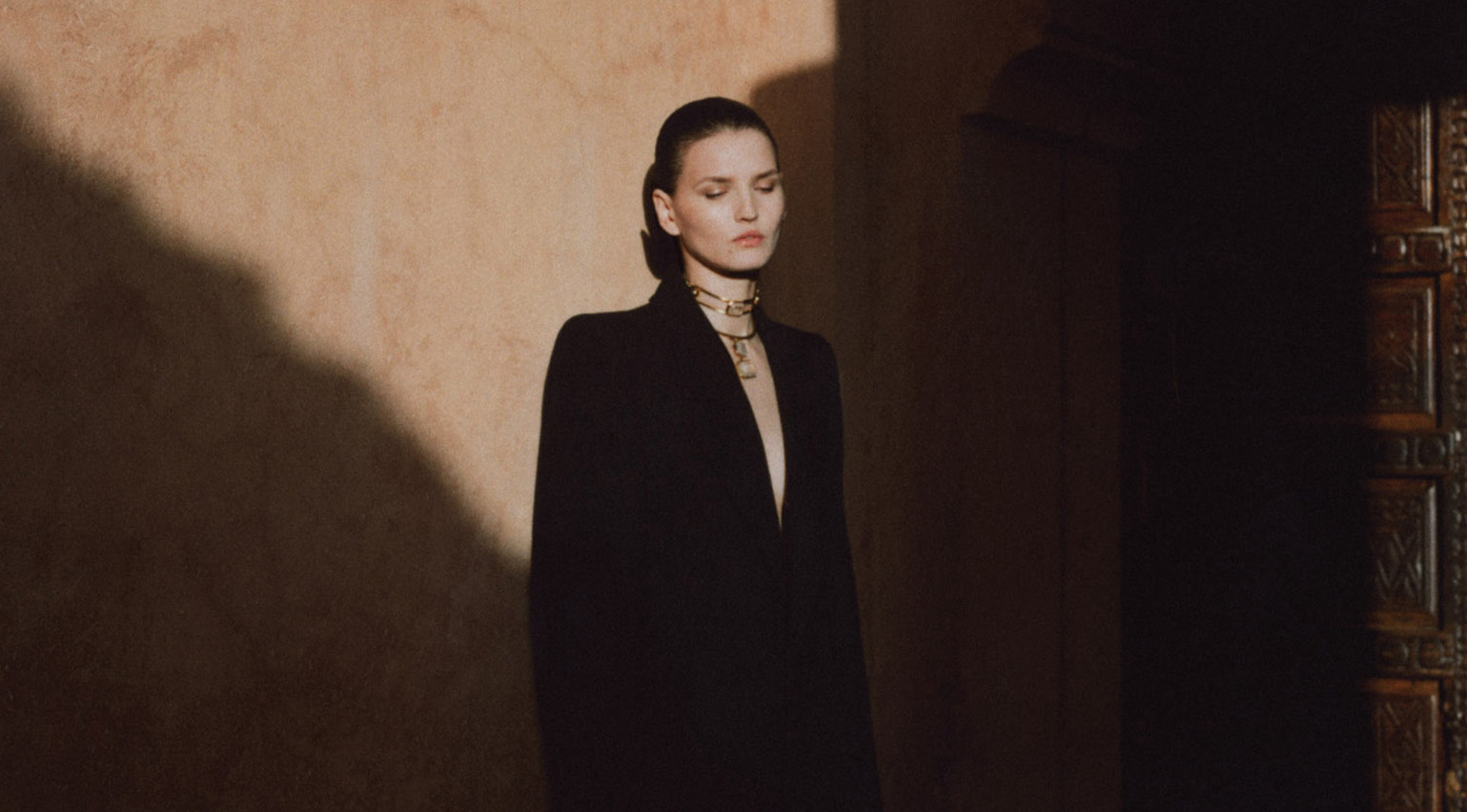 How to wear black in summer
How to wear black in summerWallpaper* journeys to Morocco’s Aman resort to make a case for wearing black this summer with S/S 2024’s most darkly dramatic looks